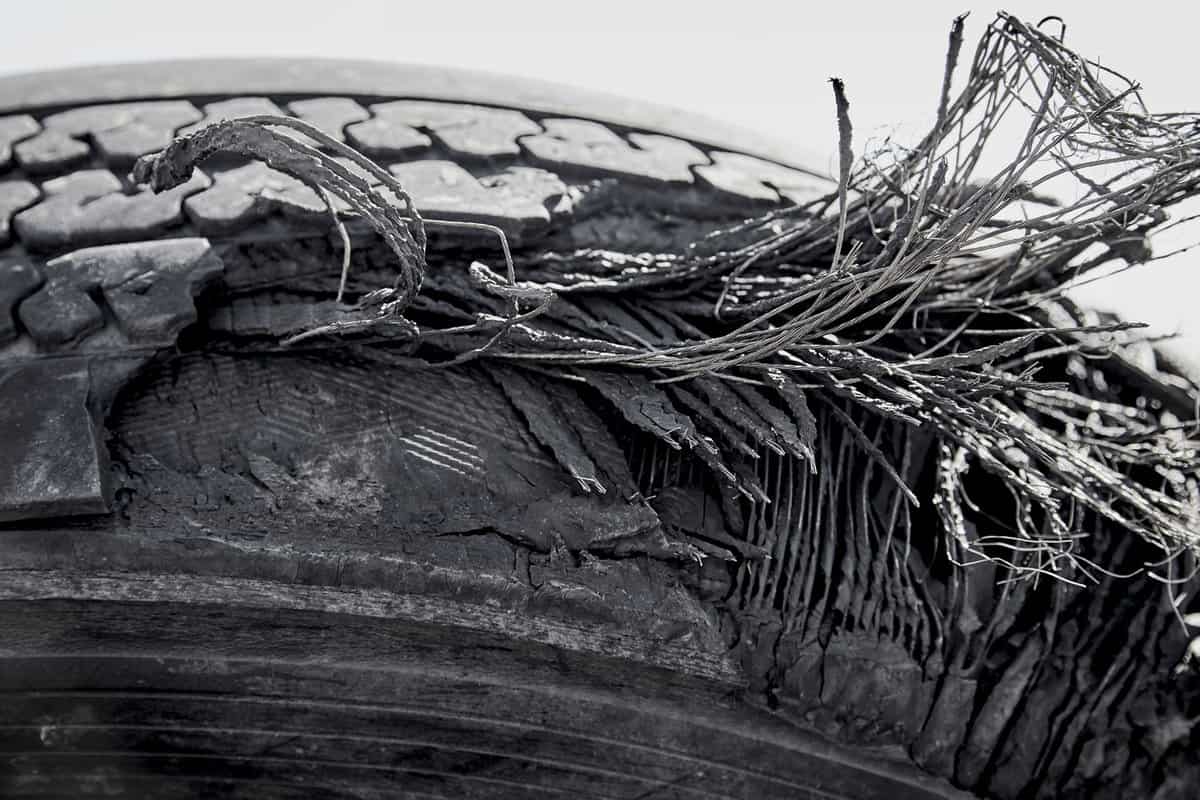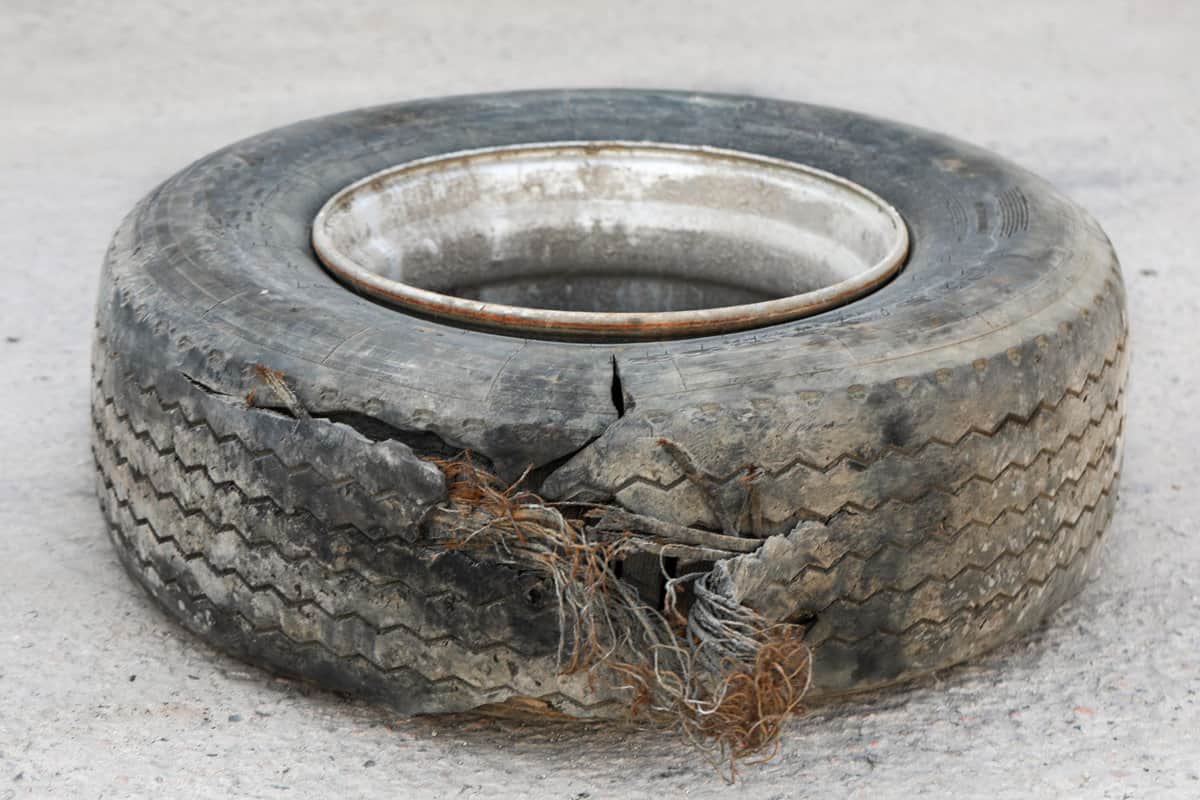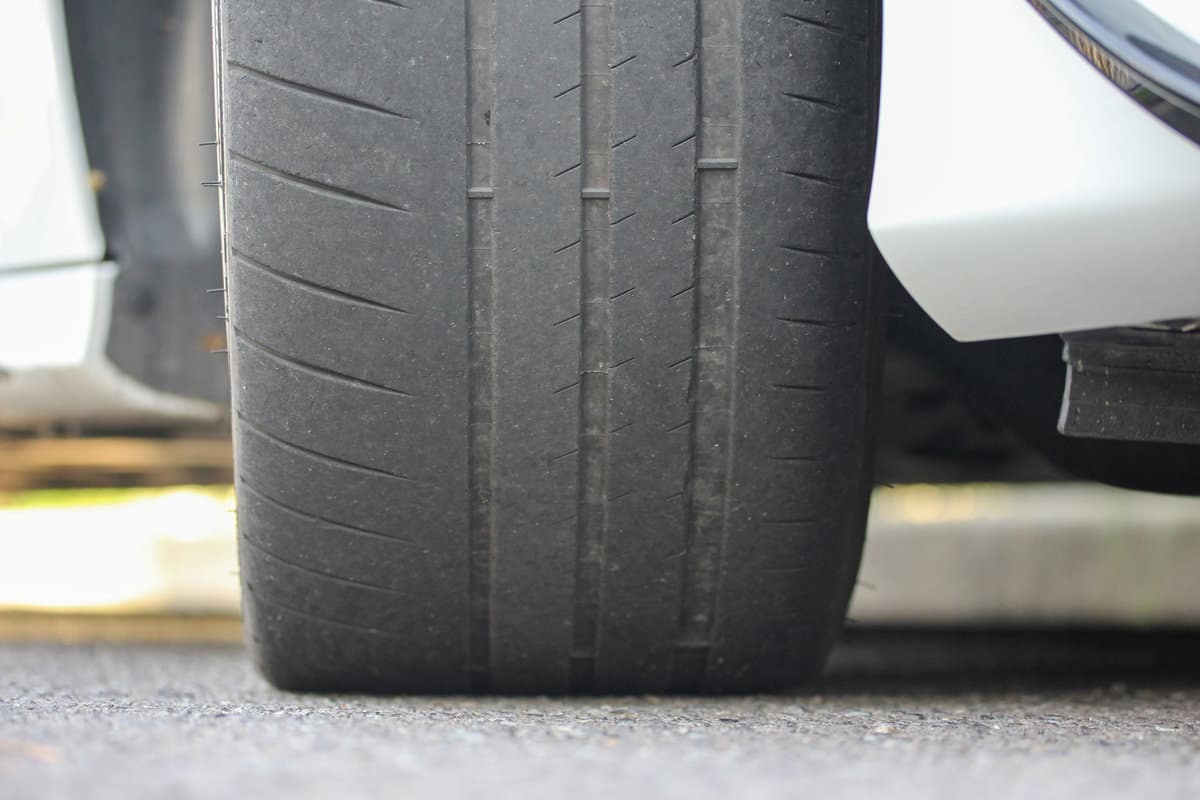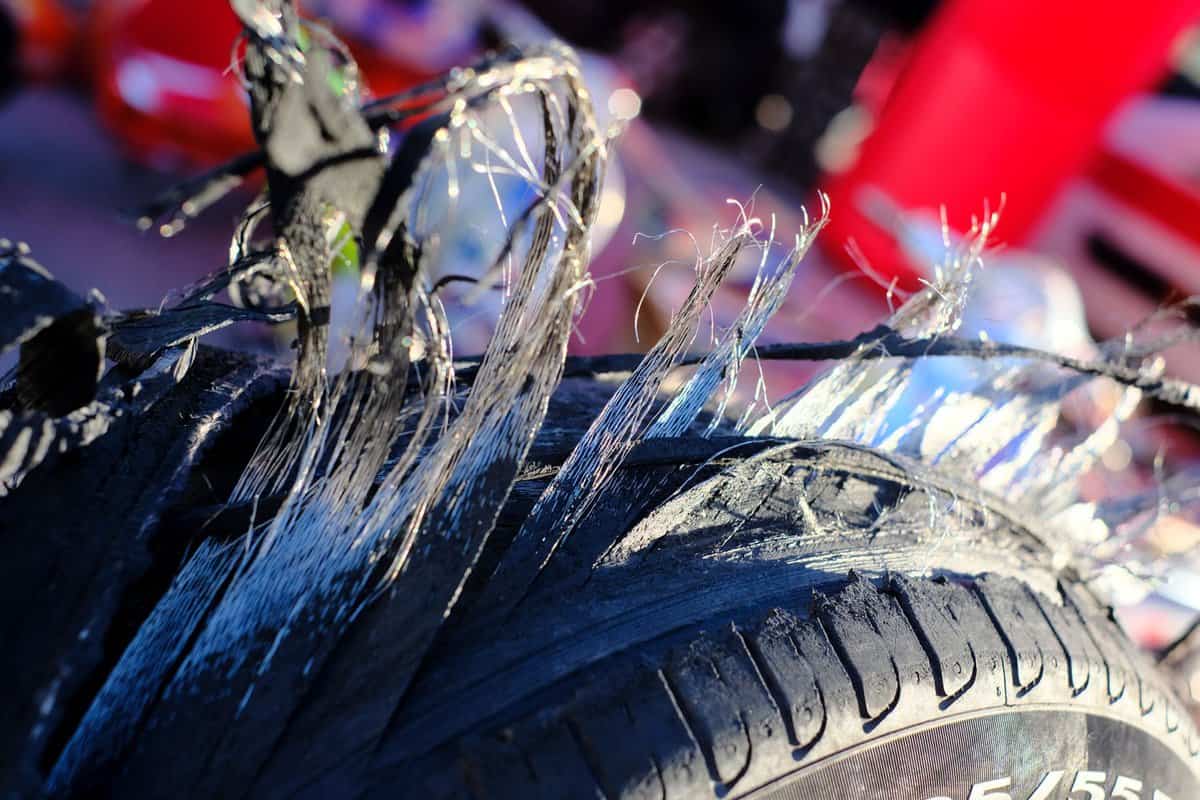A tire belt is a vital part of your tire, as it helps provide stability and strength. But if one of your tire belt breaks, you may be wondering if it's safe to continue driving on the tire. Let's take a look to see the safest way to handle a broken tire belt.
A tire with a broken belt should never be driven on, as it can cause further damage to the vehicle or lead to an accident.
If you are sure your tire belt is broken, it's best to call a tow truck and change the tire with the spare. You can take the tire to a tire shop to be inspected and replaced.
It's essential to understand what to do in the event of a broken tire belt, as this could save you time and money. This article will discuss why it's best not to drive on a broken tire belt. In addition, we will answer other frequently asked questions about car tires, so read on!
Why Is Driving On A Broken Tire Belt Dangerous?
Every vehicle tire has a belt, which helps maintain the tire's shape and keep it balanced.
The tire belt is layers of rubber and steel cords that are wrapped tightly around the tire. Without them, the plies can't stay in place, and the tire can quickly become misshapen.
Tire belts can break for several reasons, such as hitting a pothole or running over debris. If one of the tire belts breaks, it can lead to catastrophic issues while driving.
This is because the tire won't have the same strength and stability provided by the belt, and any sharp turns or sudden braking could cause further damage to the vehicle.
The first thing you should do is pull over to a safe area. Then turn on your hazard lights and inspect the tire. Tire belts break into several small pieces, so if you see rubber and steel debris around the tire, one of your belts is likely broken.
Once you've determined that a tire belt is broken, you have a few options. First, you can remove the tire and put it on the spare. It's essential to only drive on a spare tire for short distances, as they are not meant to be driven on for long periods of time.
The second option is to have it towed to a tire shop where they can inspect and repair the tire if possible. More than likely, the tire won't be able to be repaired and will need to be replaced.
It's important to always inspect your tires for any signs of wear or damage before driving, as this can help identify a broken tire belt before it causes any further damage.

How Do You Know If Your Tire Belt Is Bad?
Before inspecting your tire, there are tell-tale signs that can help you detect a bad tire belt. First, you may hear squealing noises from the tire while driving.
You may also feel a thumping sensation when driving, as this is a sign that a tire belt that is starting to break. This is because the tire isn't making proper contact with the road.
You may also feel a wobbling or shaking in the steering wheel, as this is a sign of an uneven tire.
Finally, you may also notice that your vehicle drifts more than usual when driving in a straight line. This is another sign of an uneven tire, which a broken tire belt can cause.
It's important to always inspect your tires for any signs of wear or damage before driving, as this can help identify a broken tire belt before it causes any further damage.
What Causes A Broken Tire Belt?

There is more than one reason why a tire belt can break. Some are out of your control, while others can be avoided. With that said, let's take a look at them below:
Manufacturer Defect
In some cases, tire belts can break due to manufacturer defects. This could be due to the tire being improperly made or a defect in the rubber used to construct it.
If your tire belt breaks, check if your tires are still under warranty. If so, you may be able to get a replacement or repair for free.
Rough Roads
Tires are the first line of defense against the roads. This means they can take a lot of abuse, including hitting large potholes or running over debris.
When driving, it's important to keep an eye out for any large bumps or sharp turns that could cause damage to your tires. Also, your speed should be adjusted to match the roads you're driving on.
Hitting a bump or pothole at higher speeds can break a tire belt, as the sudden force can cause it to snap.
Worn Tread
Tires are made up of several layers, and the tread is one of the most important components. This is because it provides a grip between your tires and the road, which helps you have better control over your vehicle.
Over time, as your tires get older, the tread will start to wear down. When the tread splits, it can cause the tire belt to break. This is why it's important to replace your tires when they start showing signs of wear and tear.

Debris
Sometimes debris can be impossible to miss. Rocks, sticks, and other types of debris can be thrown up from the road and into your tire. This can cause a puncture or tear in the tire belt, leading to its breaking.
To avoid these issues, always keep an eye out for any debris on the roads while you're driving. If you can, try to avoid hitting any debris that could potentially cause damage to your tire.
Extreme Heat/Cold

Extreme weather conditions can also take a toll on your tire belt. For example, if the temperature gets too hot or cold, it can cause the rubber in your tires to expand or contract, leading to it tearing or breaking.
Check your tires if they have been exposed to extreme temperatures, as this could help you identify a bad tire belt before any further damage is done.
Improper Mounting
When mounting a tire, it's important to make sure that the belt is evenly distributed. If the tire isn't mounted correctly, it can cause uneven pressure on the belt, leading to it breaking.
Always have a professional inspect your tires before driving, as this can help ensure that they are properly mounted and in good condition.
Do You Have To Replace All Four Tires With A Broken Tire Belt?
![Top view super car on asphalt road, Aerial view super car, Is It Safe To Drive With A Broken Tire Belt [Here's What You Need To Know!]](https://vehq.com/wp-content/uploads/2023/01/Top-view-super-car-on-asphalt-road-Aerial-view-super-car-Is-It-Safe-To-Drive-With-A-Broken-T.png)
Depending on the current condition of your other tires and the type of vehicle you drive, it might be best to replace all four tires when a tire belt breaks.
If your other tires are old or worn out, it's best to replace them. Additionally, if you have an all-wheel drive vehicle, then the tire treads need to be even in order for the car to function properly.
A tire specialist can usually advise you on the best course of action. It's always important to listen to their recommendations and take necessary precautions before driving your vehicle with a broken tire belt.
Only replacing one tire can put extra strain on the other tires, leading to them wearing prematurely. Also, it can make handling and braking less efficient, reducing your control over the vehicle.
A new set of tires can range in price, depending on the type and tire quality you choose. But, in the long run, replacing all four tires with a broken belt is usually worth it for your safety.
The less expensive option is to use the spare. However, spare tires are usually of lower quality and are not meant for long-term use.
It's important to check with a tire specialist before using this option. They will be able to give you advice on the best course of action.
Final Thoughts
![tires used worn for recycling waste management industry disposal, Is It Safe To Drive With A Broken Tire Belt [Here's What You Need To Know!]](https://vehq.com/wp-content/uploads/2022/12/tires-used-worn-for-recycling-waste-management-industry-disposal.jpg)
Overall, if you think you have a broken tire belt, then be safe and don't continue driving. It's important to take your vehicle to a professional who can inspect and replace the tire if necessary.
Made it to the end? Here are other articles you might find helpful:
How Long Can A Car Sit On A Flat Tire?
Can I Drive Long Distance With A Plugged Tire?
Do Bigger Tires Affect Steering Or Handling Of Your Vehicle?
